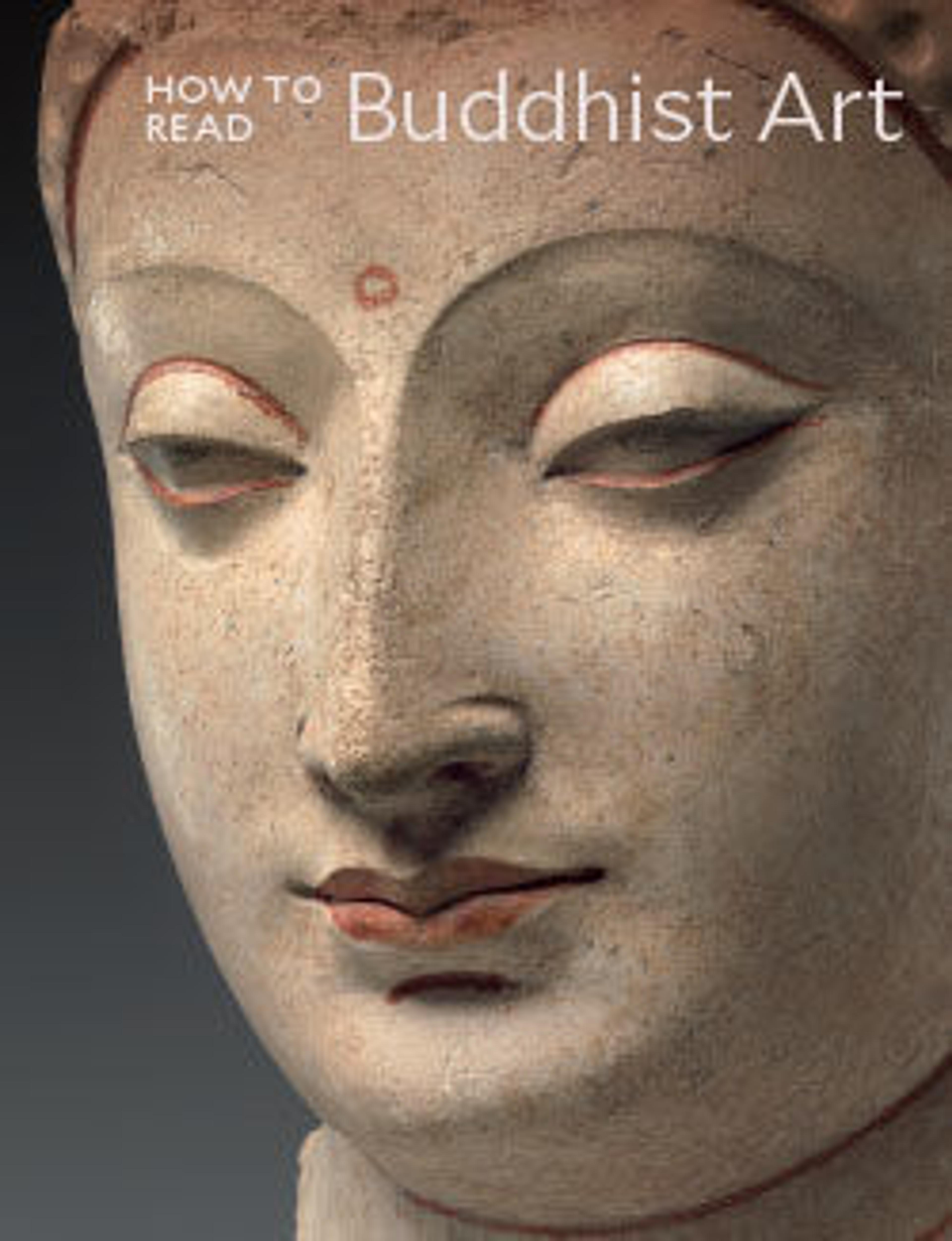Bust of Hevajra
This colossal bust of the Esoteric Buddhist god Hevajra comes from the ruins of the ancient site of Angkor in northwestern Cambodia. It is said to have been found near the East Gate (the Gate of the Dead) of the great walled city of Angkor Thom, built by Jayavarman VII (r. 1181–1219). The Bayon, sited at the very center of Angkor Thom, was one of the last major monuments of the Khmer empire.
This sculpture is fragmentary. The top head is missing. If the sculpture was, in fact, intended to represent the dancing Hevajra, it would have had eight arms on each side. Quite a few small bronze sculptures confirm this depiction. To judge from the rough surface of parts of this sculpture, it was never completed.
This sculpture is fragmentary. The top head is missing. If the sculpture was, in fact, intended to represent the dancing Hevajra, it would have had eight arms on each side. Quite a few small bronze sculptures confirm this depiction. To judge from the rough surface of parts of this sculpture, it was never completed.
Artwork Details
- Title: Bust of Hevajra
- Period: Angkor period
- Date: late 12th–early 13th century
- Culture: Cambodia
- Medium: Stone
- Dimensions: H. 52 in. (132.1 cm); W. 29 in. (73.7 cm)
- Classification: Sculpture
- Credit Line: Fletcher Fund, 1936
- Object Number: 36.96.4
- Curatorial Department: Asian Art
More Artwork
Research Resources
The Met provides unparalleled resources for research and welcomes an international community of students and scholars. The Met's Open Access API is where creators and researchers can connect to the The Met collection. Open Access data and public domain images are available for unrestricted commercial and noncommercial use without permission or fee.
To request images under copyright and other restrictions, please use this Image Request form.
Feedback
We continue to research and examine historical and cultural context for objects in The Met collection. If you have comments or questions about this object record, please contact us using the form below. The Museum looks forward to receiving your comments.
